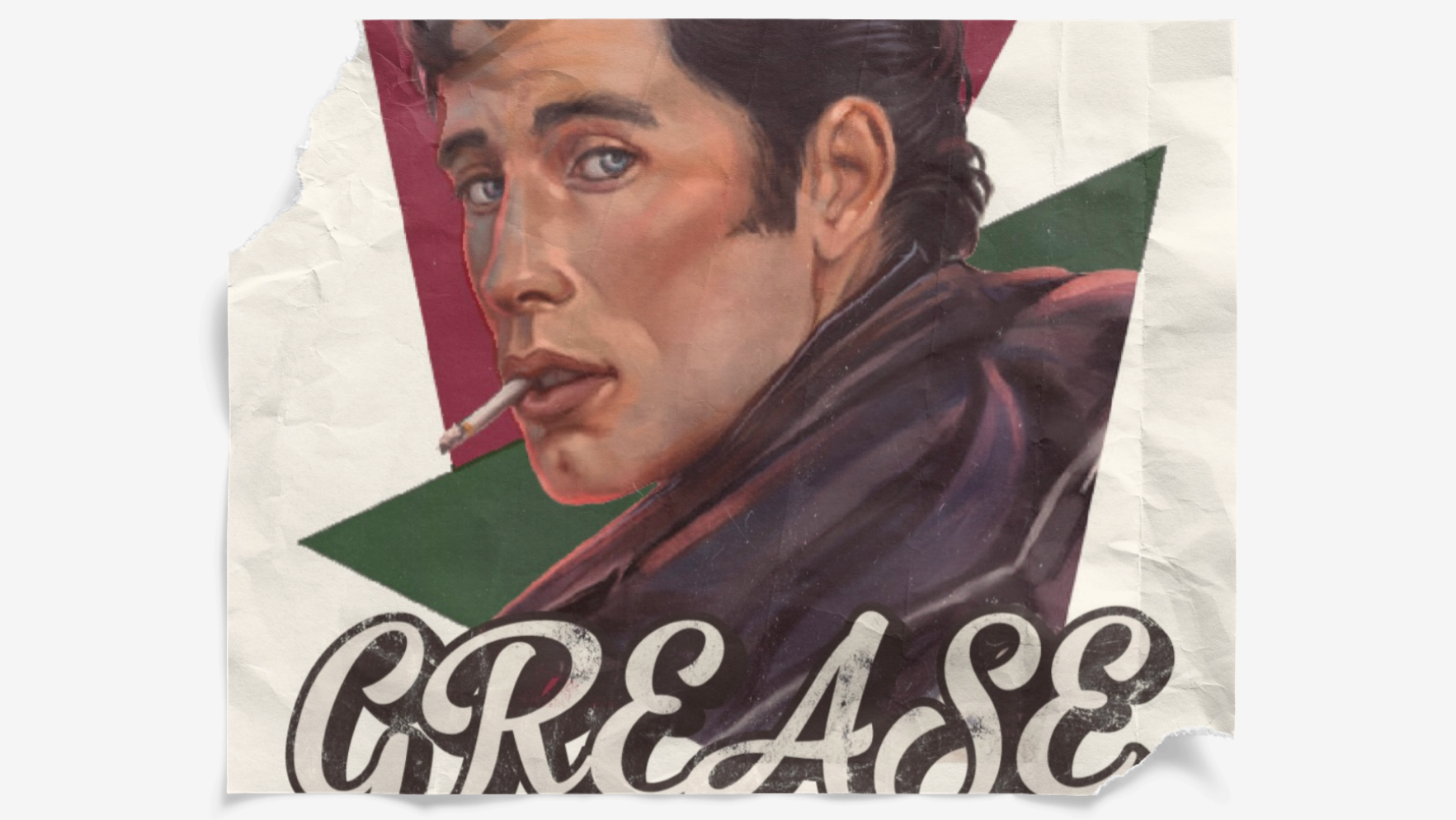Digib
graduation project
Semester 2, year 4
"How can a digital interactive product preventively reduce the chance of young people getting into financial difficulties?"
the situation
In the Netherlands, more and more people are dealing with problematic debts. Figures from the Nibud institution also show that these problems are increasing among young people. As many as 1 in 5 young adults aged 18 to 26 are dealing with serious payment problems, according to previous research by the Nibud. Although the total number of people with debt is relatively low, the upward trend of young adults with debts is clearly visible. Last year, 14% of all people with debts were under 30 years old. In 2015, there were still 19,000 young adults with debts, by the end of 2019 this number had risen to 32,000.
Young people in the Netherlands often face financial challenges and problems that can have a significant impact on their lives. Whether it is paying off student loans, paying rent or maintaining their necessities to live a normal life, financial worries can lead to stress and anxiety and can affect the mental health of young people. This in turn can affect their school performance, work performance and general well-being. Furthermore, young people are very poorly to barely educated when it comes to topics related to finances in The Netherlands. They hardly have any education about it at all at school or by the government. As a consequence, young people that are not educated by their parents are not at all or very poorly educated in this subject, while this is super important to ensure that young people stay out of financial trouble.
design process
After conducting all my desk research, interviews with experts and interviews with the target group, I combined my conclusions and key insights into different methods; the MoSCoW method, a requirement list and HKJ's. This resulted in different concepts. These were quite similar, but also very different. By looking closely at my most important conclusions, insights and requirements, I came to an ultimate concept. To find out more about what I wanted my product to look like and what the content would be, I took the following steps. First, I started doing research on my concept. From gamification, Best, good and bad practices to the difference in what a young person should and may do. This also resulted in my first sketches.
After doing this, I did a peer review with some fellow students about my insights. From this I was able to get important feedback and conclusions about the research I had done and the sketches I had made, which led to more research and inspiration for my final design. From here I started making new (additional) sketches and designs, but I also started with a user flow.
Based on the conclusions from my concept research, the feedback received during my peer review and the first sketches and designs, I created the first version of my prototype. My usability test was also performed with this first prototype.
answering the design challenge
When I look at whether my final product answers the design challenge, my answer is a bit divided: I believe that the final product contains a lot of functions that can certainly help prevent financial problems among young people. My final product also ties in well with my findings, conclusions, insights and requirements that I have gained from my research. I believe that my final product ties in well with all my findings from the research. Test subjects from the target group also indicated that they believed that they would be helped with their financial problems if they used the final product.
But whether it actually reduces the risk preventively needs to be further investigated before I can answer this properly. Here I would mainly want to look at a group of young people who are more sensitive to financial problems and want to test the effect of my solution for a long time.
a look at the final product

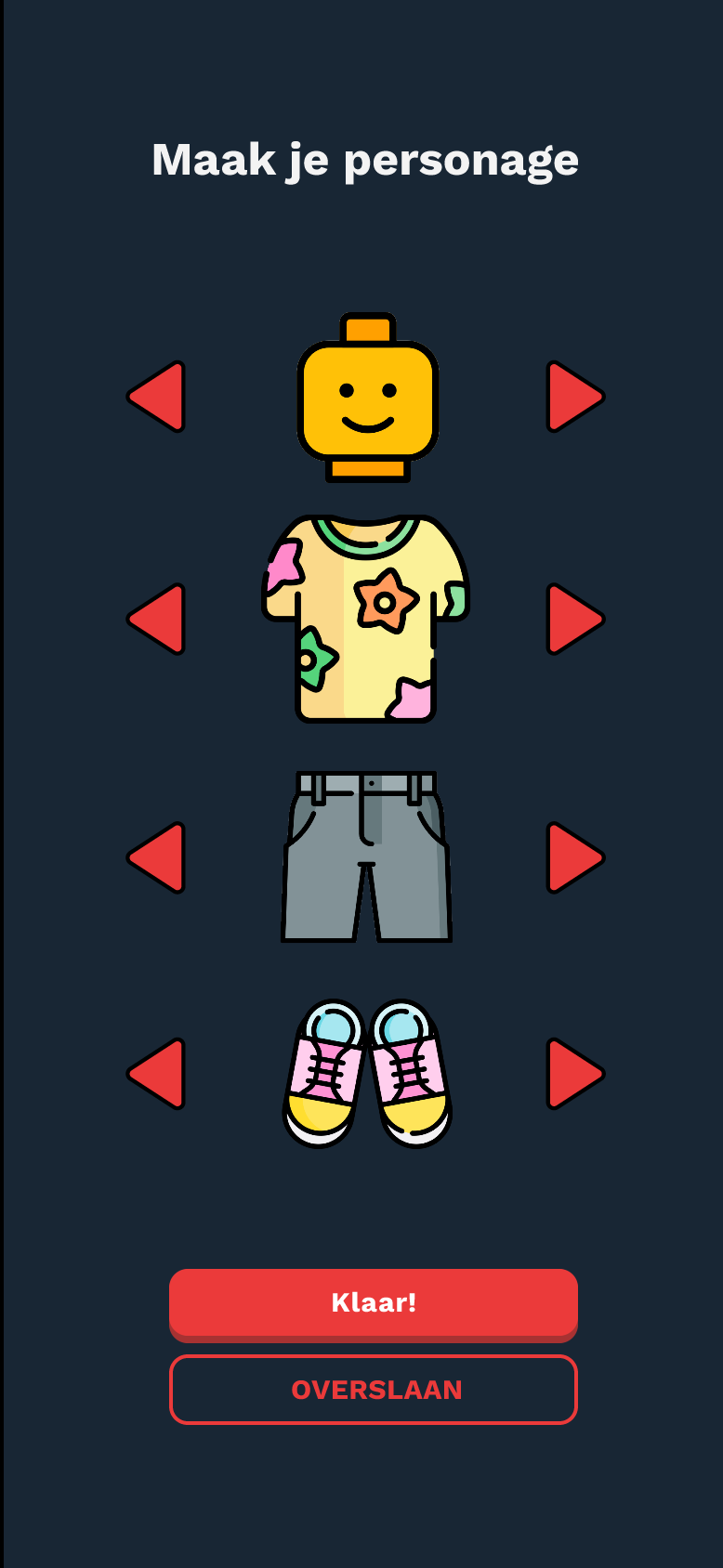

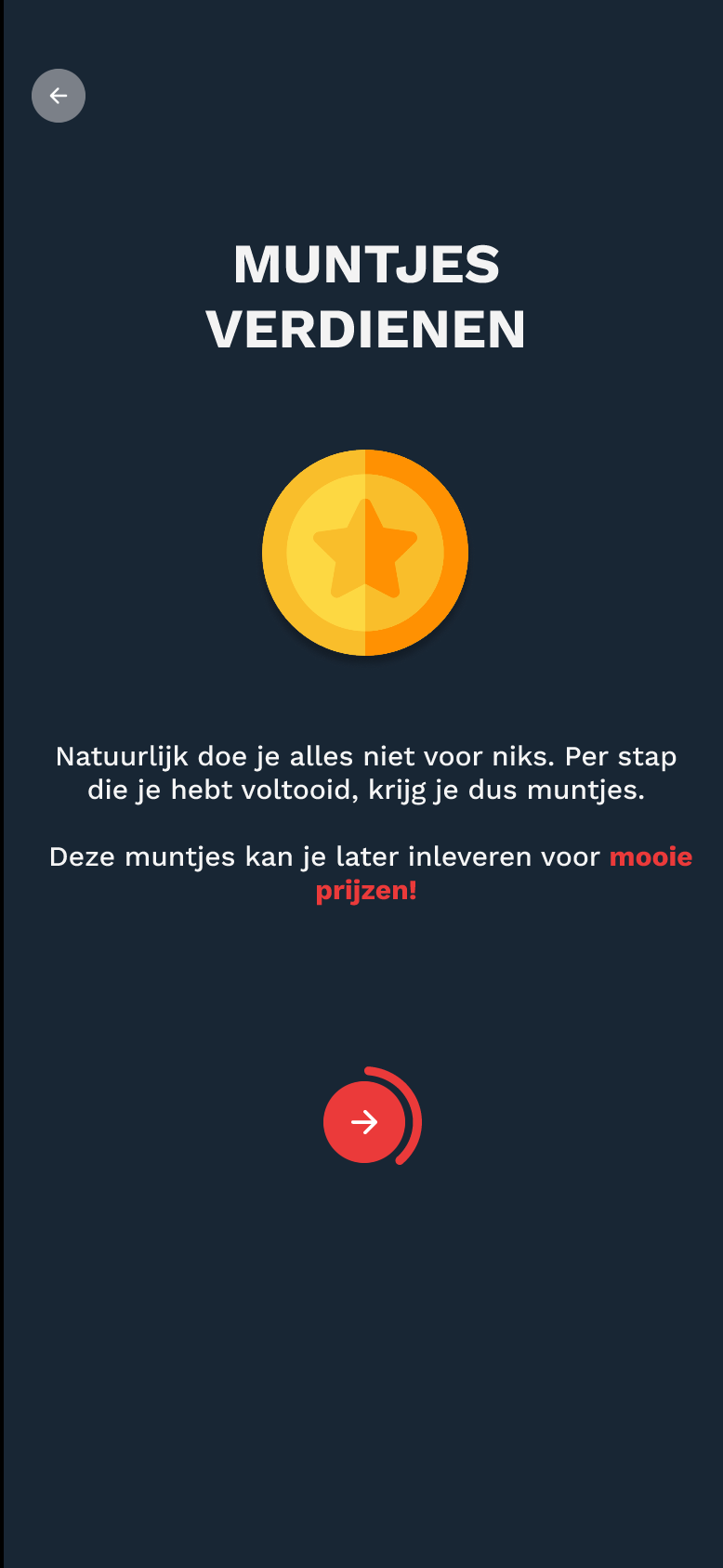
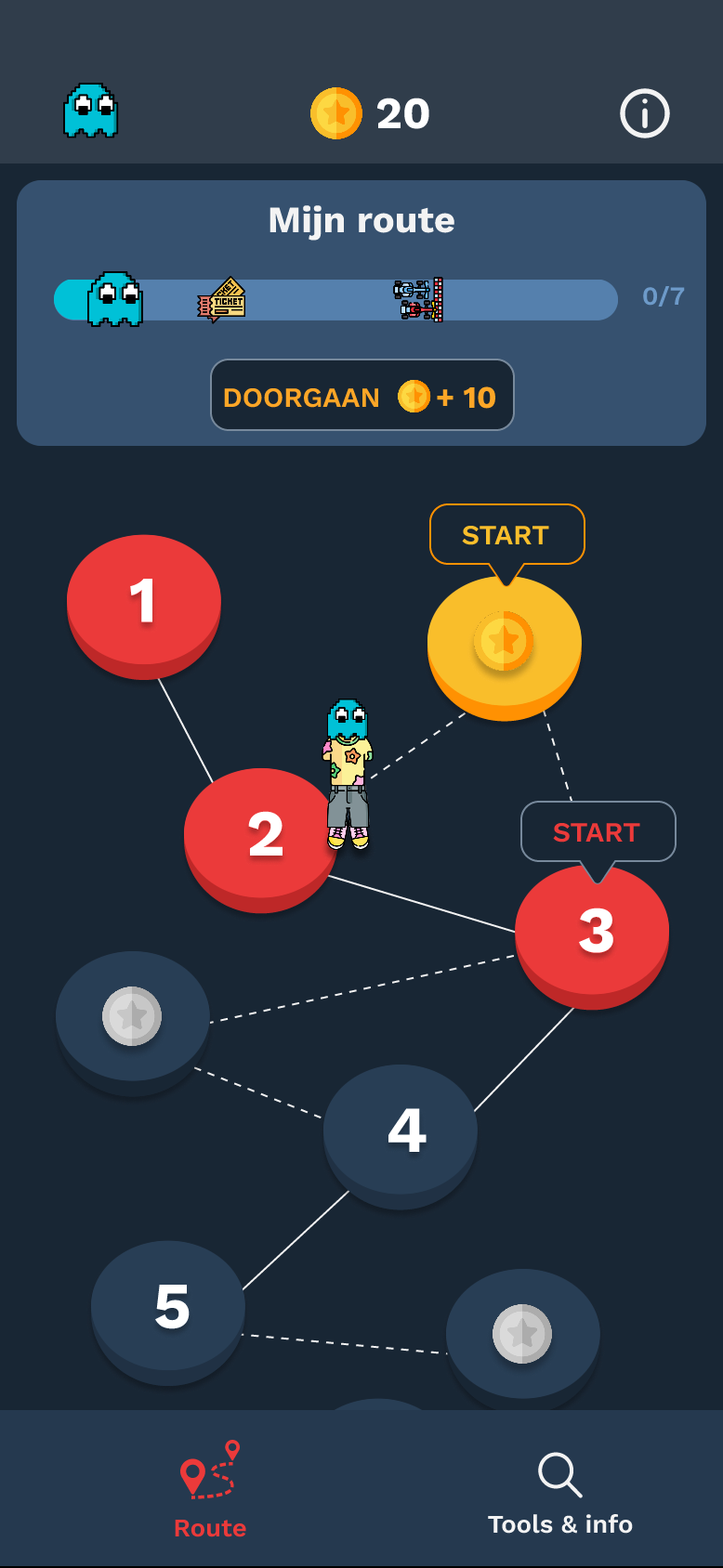

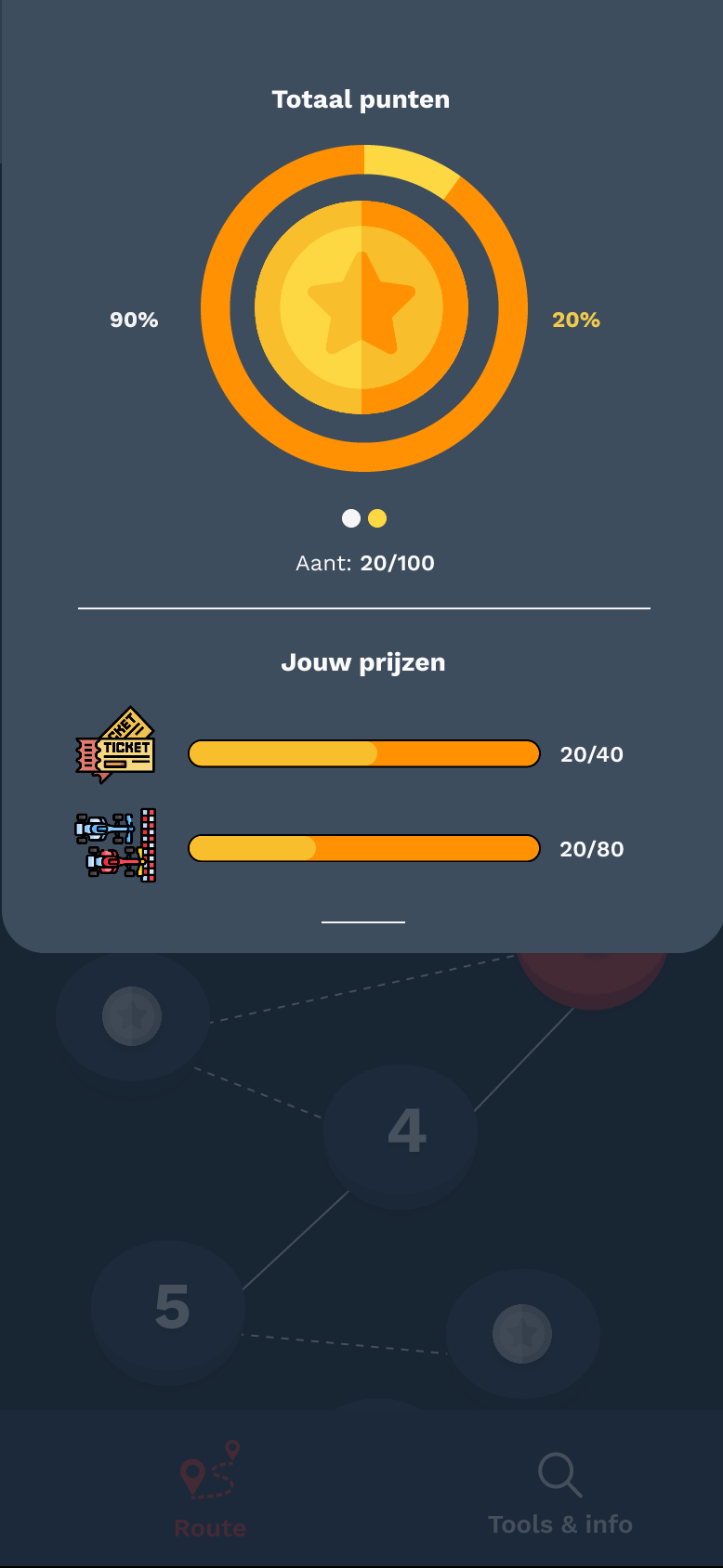

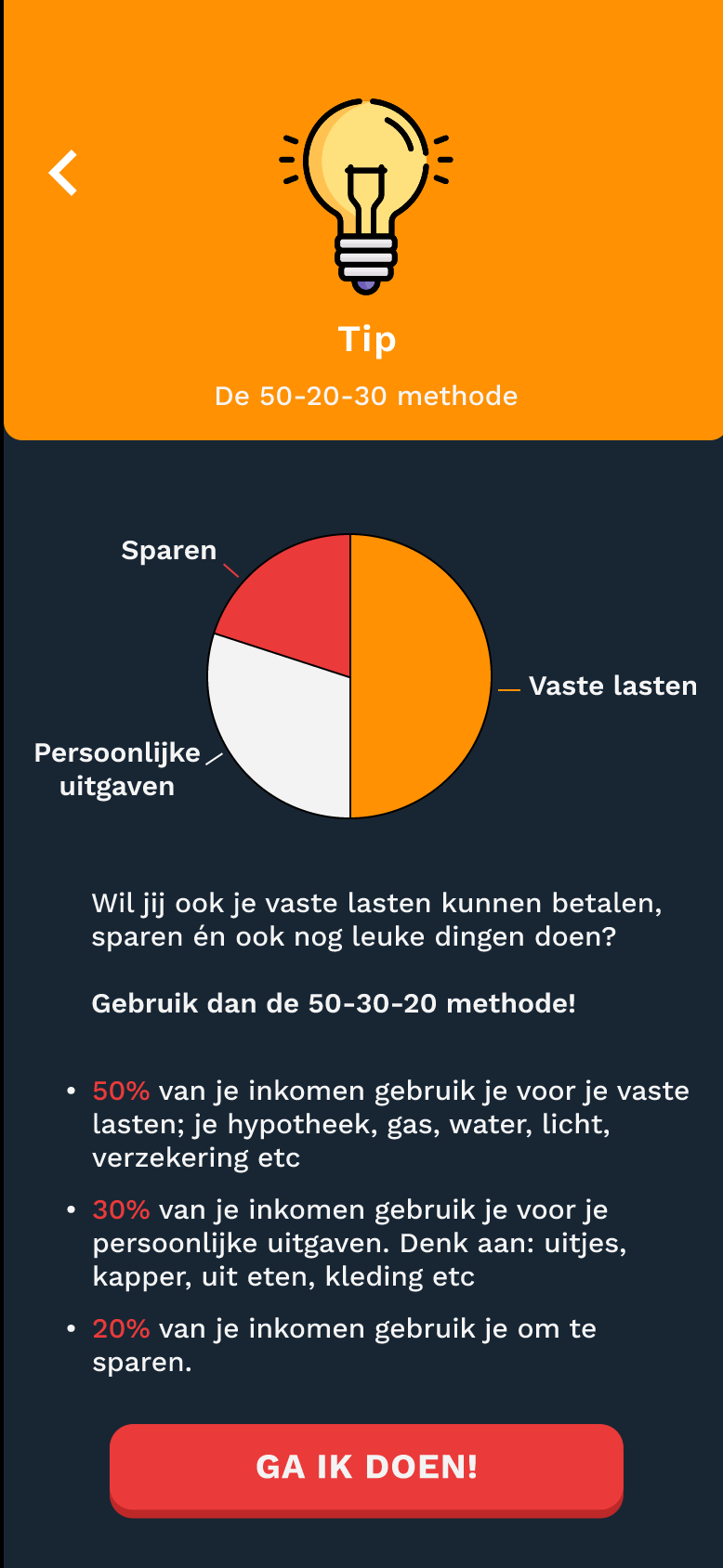

product optimalisatie and recommendations
Following my answer to the design challenge, I have also considered a number of things that could be considered or could be considered for DigiB in the future. First, it could be examined whether DigiB can really reduce the chance of financial problems. For example, long-term research could be conducted among young people who have an increased risk of ending up in the robust later on. Some young people could then use DigiB before they turn 18, others use the current government system. It would then be examined whether a difference is later chosen in the financial area for young people.
Second, the application itself could be further expanded. For example, the function to adjust the information per city is something that came up a lot in my Best, good and bad practices research, but which is not incorporated in DigiB. With this function, the application cannot provide more accurate information per user and therefore provide even better information.
The application could also be further expanded in the financial area. Here I am mainly looking at linking your bank details (PSD2 Banking API) to the application and combining this with early detection. By linking the bank details, a lot of possibilities open up to prevent financial problems: By applying early detection, the application could notice when the young person no longer pays certain fixed costs. A parent or guardian could then receive a notification and intervene in time, before financial problems arise.
The young adults could also learn more about their finances, but also be more motivated to do this. For example, he can earn coins daily when he enters his transactions, when he spends a safe amount per week, or when he puts money in a savings account. He could then also choose a savings goal himself, which he can achieve by saving coins.
When adding these functions, it should be carefully considered whether this is ethically and technically possible:
- Can you just link someone's bank details?
- Is this allowed for minors?
- How do you keep someone's data private?
- How much supervision does a parent/guardian get?
- Can you just link someone's bank details?
- Is this allowed for minors?
- How do you keep someone's data private?
- How much supervision does a parent/guardian get?
My recommendation is therefore to conduct long-term research with more young people who fall within the target group. This can then be used to investigate whether the goal of the app is actually achieved and whether any other functions or extensions are possible.

